Gamestop — And the Financial Game that Never Stops!
February 1st, 2021 by Dr. Jack Rasmus
All Global Research articles can be read in 27 languages by activating the “Translate Website” drop down menu on the top banner of our home page (Desktop version).
***
This past week a video game company in trouble, Gamestop, became the center of media attention. Day traders had driven up the company’s stock price by thousands of percent in just one day. The mainstream media narrative was the ‘small guy’ investor challenged the big boys of finance who had bet Gamestop stock price would contract, not rise sharply. The little investor, so the story goes, initially won big but Gamestop’s stock price escalation was stopped in its tracks by coordinated forces of Wall St., as trading was abruptly halted later in the day in the midst of the run-up. But that narrative, that media spin, has it wrong. The real meaning of what has happened is quite different.
The Facts
Earlier in the week stock day traders gathered on the platform called Reddit in what’s called a crowdsourcing event. They communicated among themselves in a forum called ‘WallStBets’ and as a group began betting up the stock price of Gamestop, using the no cost stock trading platform called ‘Robinhood’. Similar moves were made against the movie theater chain, AMC, also in big financial trouble, with little revenue coming in but loaded up with mountains of junk debt. A couple other companies in similar condition were targeted by the day traders as well. Stock prices of these companies—all losers or about to be losers—were in a matter of hours driven to record heights in some cases—as if these companies were raking in profits like a Tesla or Google. But there were no fundamental reasons for the price acceleration; in fact just the opposite. Betting so, hedge funds and other financial market speculators were short selling their stock, betting their price would fall; and by ‘short selling’ they were actually manipulating the stock to force a price decline.
Short selling has a time limit on the bet. If the stock price doesn’t fall by a certain time, then all the money ‘bet’ by the short selling hedge fund is lost. As Gamestop’s price kept rising, some of them found themselves short of ‘liquidity’ (money) to cover their short sale bets. They had to sell other assets to pay for them. Or they have had to borrow money from other speculators and lenders (and pay interest) to cover their failed bets.
This had never happened before! That’s not how the system is supposed to run, the hedgies cried! The day traders weren’t playing by the rules of the game, they shouted! But of course they were. It was the hedge funds very own rules. It was all quite capitalist legal.
It was kind of like a poker hand at a Casino. If you bet your opponent isn’t holding a winning hand, you can raise the stakes and hope he drops out. You win the pot. But if some other player puts money on the table and raises you back, i.e. in this case raising the price of the stock like the day traders did with Gamestop, then they in effect call the hedge funds bluff; the hedge funds lose! The hedgies didn’t like that, of course. They are used to short selling without interference and then taking home the entire pot. But this time they didn’t. The day traders were winning the bet—at least the first hand played for the hedge funds got the Casino manager to change the house rules at the last minute to minimize their losses by halting further trading.
So the hedge funds, the big finance capitalist price speculators—as opposed to the crowdsourcing small day trader speculators—immediately changed the rules of the game, i.e. their rules, in order to teach the upstarts a lesson.
Robin Hood of Capitalist Finance
The small speculator capitalists used a trading system called Robin Hood in order to place their disruptive bets to drive up Gamestop’s stock price. What’s Robin Hood? It’s a finance trading competitor to the Schwabs, Interactive Brokers, and other low cost stock trading platforms. In recent years there’s been a ‘race to the bottom’ in charges for stock trades across the trading industry. Who can charge the least per trade can steal trading market share from the others. Robin Hood broke into the sector by introducing ‘no fee’ trades. It appealed to the ‘day trader’ by peddling the message that Robin Hood was about enabling the small trader to compete with the big boys. Robin Hood promised to enable the small speculator day trader to make more money at the expense of the big boys like the hedgies.
Except Robin Hood kept it a secret from its day trader clientele that it was funded in large part by the same big hedge funds. In fact, one of its biggest, Citadel Securities, which reportedly had a $2.7B stake in Robin Hood.
So Robin Hood halted the day traders’ speculation in Gamestop…and almost certainly at the behest of Citadel and other Wall St. finance capitalists. By stopping the day traders driving up the price of Gamestop stock, it saved the hedge funds and other short sellers billions of dollars of potential additional losses. They next day, January 28, Gamestop and other targets’ stock prices began to retreat once again. While Robin Hood has since indicated day trading of Gamestop could resume, it would have certain limits on trading and Robin Hood made it clear it would halt trading again if necessary.
The CEO of Robin Hood was interviewed on CNN shortly after these events by host, Chris Cuomo, who asked outright: “How do you make sure Robin Hood isn’t rigging it for the Sheriff of Nottingham?”—the Sheriff of course being Citadel, other hedge funds, and other short selling institutional speculators. Robin Hood’s CEO hemmed and hawed during the interview and hid behind the claim that it wasn’t Citadel or other that made him halt the buying of Gamestop stock and its price escalation. No, Robin Hood was just following regulatory requirements by the SEC and other government regulatory bodies, its CEO argued.
Left unanswered, however, was why did Robin Hood stop the buying of Gamestop stock when the SEC and other real regulatory bodies did not intervene themselves to stop the trading in the stock? When asked what regulatory agency asked Robin Hood to do so, the CEO had no answer to Cuomo. And why did Robin Hood halt only the buying of the stock that was driving up the price, but not the selling of the stock? Why did Robin Hood act as regulator, when the regulators saw no need to intervene? After all, the buying of Gamestop stock was no less legal than the short selling of Gamestop stock, according to capitalist regulatory rules. Government regulators didn’t tell Robin Hood it had to shut down Gamestop trades. A smoking gun anyone?
A Finance Speculator Food Fight
What happened with Gamestop, Robin Hood, Citadel and who knows what other big boys behind the scene, is best understood as a feud between two wings of Finance Capital. This isn’t about the small mom and pop day trader David vs. the Hedge Fund Goliath! It isn’t about Goliath telling David to put down his sling because it’s not allowed to fight that way.
Both the hedge funds and the day traders are financial asset market speculators. What’s a speculator? It’s someone who ‘invests’ (aka bets) that the price of some stock or bond or derivative or currency will rise (or fall). The speculator then bets on the rise or fall by buying or short selling the stock. The objective is to then ‘flip’ the stock purchased in a relatively short time and thereby make a quick capital gain. It isn’t investing in a normal sense. It’s just the mere buying or selling of a piece of paper (or now mere electronic entry) claiming temporary ownership of the paper. An actual investment is buying and holding a stock longer term in expectation of the company realizing future profits that will eventually drive up its stock value—in a company that actually makes things or provides an actual service, that requires hiring workers who in turn earn wages or revenue that would benefit the real economy.
In contrast, financial speculators are interested only in boosting demand for a stock in order to artificially drive up its price, then to flip it, and realize a financial profit—i.e. a capital gain. Speculative investing is about making a purchase and then a quick sale to realize a capital gain. That may also take the form of a short sale—i.e. a contract to buy a stock after its price had fallen and sell it at its higher price at the time of the contract. In both cases, its about selling after a price appreciation.
Make no mistake: the day traders driving up the price of Gamestop stock price weren’t doing it for the pleasure of tweaking the nose of short selling hedge funds. They were doing it to accelerate the stock price in order to later quickly sell it—just as the hedge funds were ‘short’ selling it for an expected profit as well. Only the method of the selling is different.
So both sides were planning on ‘selling’ Gamestop stock—just in different ways. The day traders by driving up the price by buying it first; the hedgies by reserving the right to sell the stock at yesterday’s price, after they ‘buy’ it when the price collapses tomorrow.
In other words, they’re both financial stock speculators. They’re both committing money capital that could—and should—be invested in the real economy not in paper claims of temporary ownership. Real investment is about longer term money capital commitment in order to make real things or services that required hiring and paying wages.
Both forms of stock price speculators are thus vultures preying on the real economy and undermining its recovery! They divert much needed money capital from the real economy into the financial sector that produces no actual economic growth, no jobs, no wage incomes, no consumption. The day traders aren’t the ‘poor little guy’ being exploited by big Wall St. hedge funds. They’re part of the problem.
Day Trading Is Also Casino Capitalism
Crowdsourcing day trading stock speculation is just the latest form of Casino capitalism, clashing with traditional financial speculators dominated by hedge funds, private equity companies, investment banks, and the other forms of shadow bank institutions that have risen in recent decades to prominence and power in 21st century capitalism. The newcomers are just fighting for a piece of the finance asset speculation pie, previously eaten whole by the hedge funds and the other shadow banks and professional investors.
It’s therefore absolute nonsense to make the latest specie of financial speculators—the crowdsourcing day traders—appear as if they are the ‘little guy’ being crushed by big guy Wall St. players. This isn’t about small financial speculator good, large financial speculator bad. This is a family food fight between sectors of capitalist finance.
The real question is what has given rise to the family food fight? What has enabled it in the first place? And how does it reflect a deeper social crisis in the country?
Technology the Great System Destabilizer
Technology in general, and social media in particular, has contributed significantly to the growing political instability in America. It has enabled conspiracy theories and lies to displace debate over facts. Without technology and social media there would have been no Trump, Trumpism, Breitbart, Parler, Proud Boys-Oath Takers, political institutional collapse, and now accelerating decline of Democracy in America. Technology may not be the fundamental cause of the above, but it certainly has been a major enabler of the deepening of the more fundamental causes.
Think of Reddit, the day trader’s WallStBets app, Robin Hood, etc. as the financial markets analog to the Breitbarts, Parlers, etc. in the sphere of political markets! Technology is disrupting 21st century capitalism in myriad ways. The Moloch has begun to devour itself!
Technology has enabled the day trader speculator gang to challenge the hedge funds and other shadow banks’ ability to manipulate the capitalist speculator show as they will. It has enabled the ‘small’ investor to aggregate his bets into a big enough play to compete with the traditional finance capitalists; it has enabled the ‘small’ investor to inter-communicate and coordinate those bets; and it has enable the concentration of financial bets to move a stock or even perhaps a market—contrary to the bets of the hedgies and other traditional speculators. And that’s what has really pissed off the latter.
So the old speculators quickly struck back! And their political allies will now hold meetings and deliver yet another slap on the wrist of the newcomers. Congress has already called committee hearings to figure out how to deal with it should it happen again.
The Real Origins of the Conflict
The ‘small guy’ crowdsourcing financial speculators aren’t really so ‘small’. Virtually all the stock trading by day traders is done by players who are easily within the wealthiest 5% of households in the US, and probably even fewer. So where have they gotten their money capital to make such bets sufficient to challenge the established rules of the game? The same place that the hedge funds and others ultimately get their money capital.
Since at least the past quarter century the central bank of the US, the Federal Reserve, has pumped tens of trillions of dollars into the banking system. The big commercial banks affiliated with the Fed—i.e. Chases, Wells, Citi, Bank of America—in turn have loaned the tens of trillions of dollars to the shadow banks—i.e. investment banks, private equity, VCs, hedge funds, etc. They in turn redirect much of it into financial asset markets—stocks, bonds, derivatives, etc. They reap record financial profits for themselves and their owners and members, who then redirect it back into the same markets as well.
At the same time, the US tax system has been turned on its head: More than $15 trillion in tax cuts has flowed to the investor class since 2001. That too gets largely redirected into financial markets.
Then there’s the corporate conduit itself. US corporations have redistributed more than a $ trillion dollars a year on average, every year, since 2010 to their shareholders in the form of stock buybacks and dividend payouts. Under Trump, the average for 2017-19 was $1.3 trillion a year. The deep tax cuts on capital gains since 2001 means the shareholders then get to keep more of the buybacks and dividend payouts, and that in turn means even more funneled into financial asset markets.
So the Fed’s monetary policy, the US government’s tax policy, and corporations’ buybacks-dividend practices have all converged the past two decades to keep the US and global stock markets ever rising. But the hedge funds haven’t been the only investors grown fat on the redirecting of massive money capital to investors. Nearly all within the top 5% of the income scale—and that means the day trader crowd—have benefited as well.
The crowdsourcing ‘small guy’ has had excess money capital with which to risk in speculative trades like Gamestop no less than the hedge funds—thanks to the Fed, government, and corporate America. Add the new technologies to the dry powder of excess speculative capital and the mix is explosive. It’s a witches brew of financial speculation!
The Realization Behind the Appearance
What appeals in this story of Gamestop is the appearance of ‘small guys’ getting screwed by the big guys even after they figure out how to ‘win one’. The Gamestop affair is just another confirmation for John Q. Public that the system is rigged. Gamestop is an example of how those with wealth and power are able to change the rules of the game in the middle of the game to ensure they will always come out on top! And they not only do it to ‘us’. They do it to each other. The big fish always eat the smaller, even the smaller of their own species.
But one should be less concerned about day traders getting burned, and more about the tens of millions of Americans families going hungry, jobless, being evicted from their rents, and dying in the hundreds of thousands due to a failed health care system and gross government mismanagement. The day trading stock speculators will survive. Many who have no idea what a stock trade is may not.
*
Note to readers: please click the share buttons above or below. Forward this article to your email lists. Crosspost on your blog site, internet forums. etc.
Dr. Jack Rasmus writes on his blog site, Jack Rasmus, where this article was originally published. He is a frequent contributor to Global Research.





 As Obama Assistant Secretary of State for Eurasian and European Affairs in 2013, Nuland worked closely with Vice President Joe Biden to put into power Arseniy Yatsenyuk in a US-friendly and Russia-hostile Ukraine coup. She fostered months of protest against the regime of the elected President of Ukraine, Victor Yanukovych, to force his ouster after his decision to join the Russian Eurasian Economic Union. Founder of the private intelligence group Stratfor, George Friedman, in an interview just after the February 2014 coup in Kiev, called it “the most
As Obama Assistant Secretary of State for Eurasian and European Affairs in 2013, Nuland worked closely with Vice President Joe Biden to put into power Arseniy Yatsenyuk in a US-friendly and Russia-hostile Ukraine coup. She fostered months of protest against the regime of the elected President of Ukraine, Victor Yanukovych, to force his ouster after his decision to join the Russian Eurasian Economic Union. Founder of the private intelligence group Stratfor, George Friedman, in an interview just after the February 2014 coup in Kiev, called it “the most 


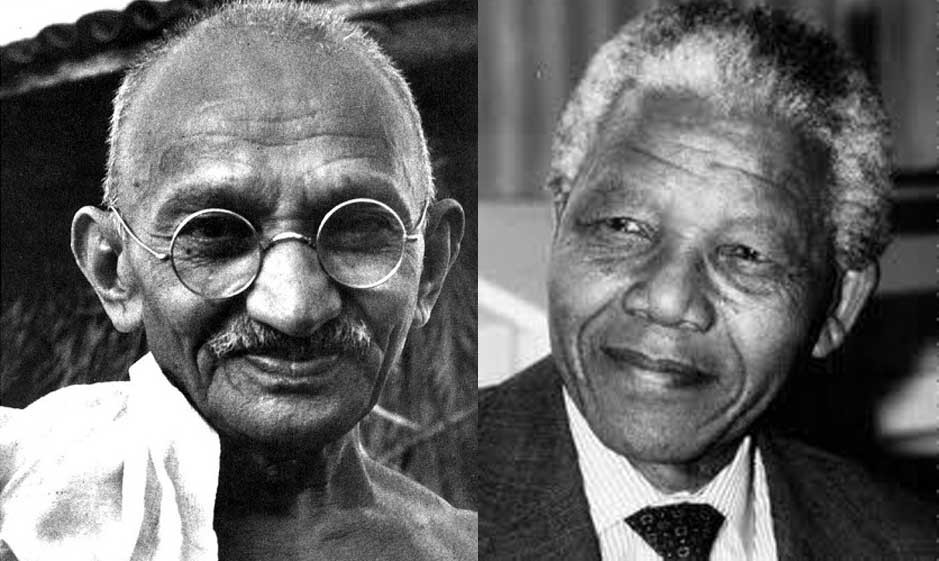
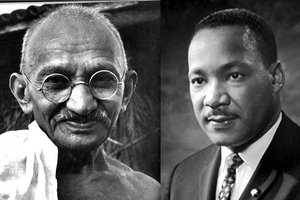


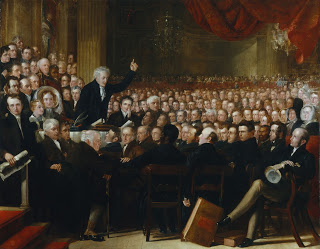

















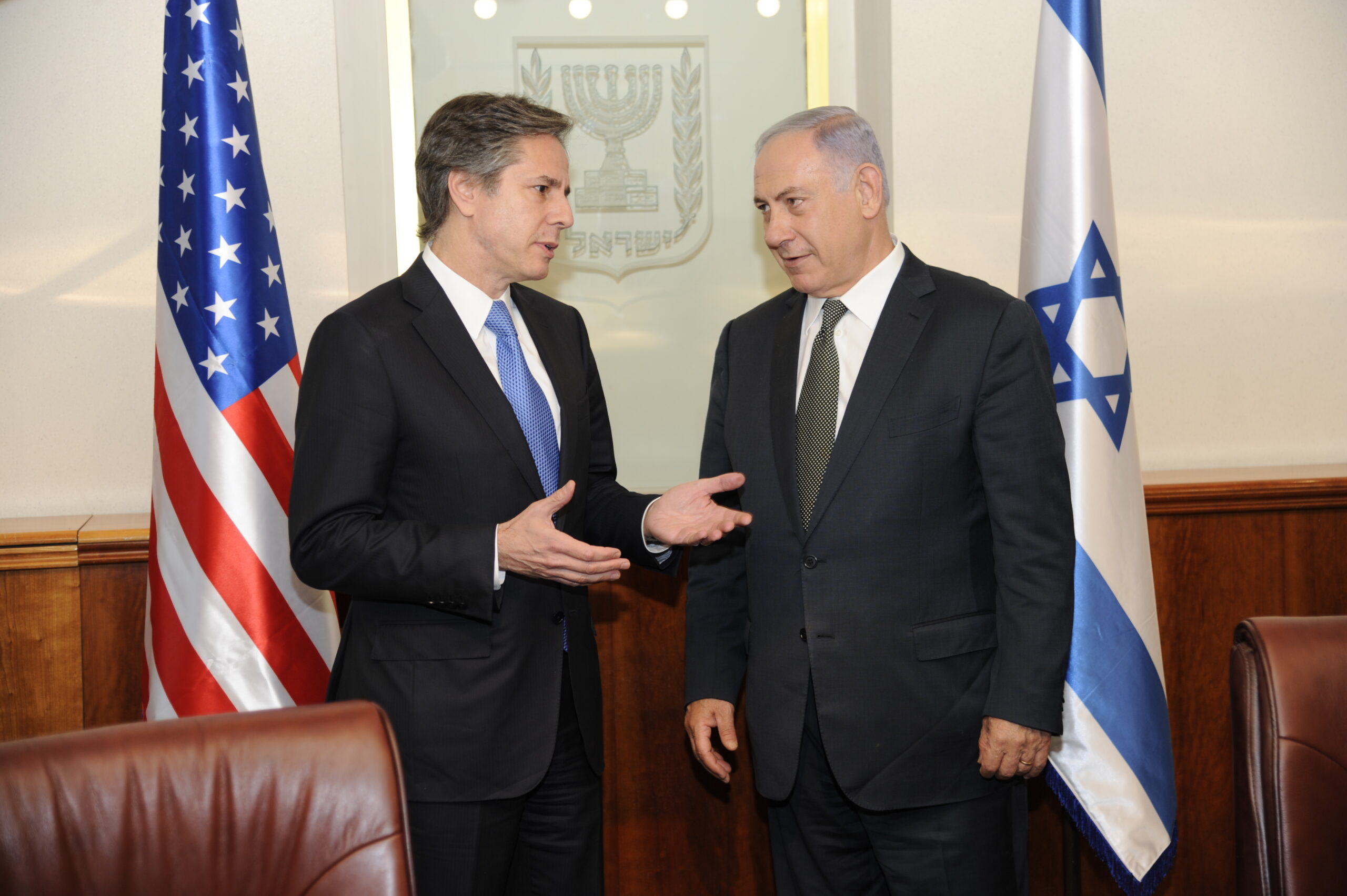

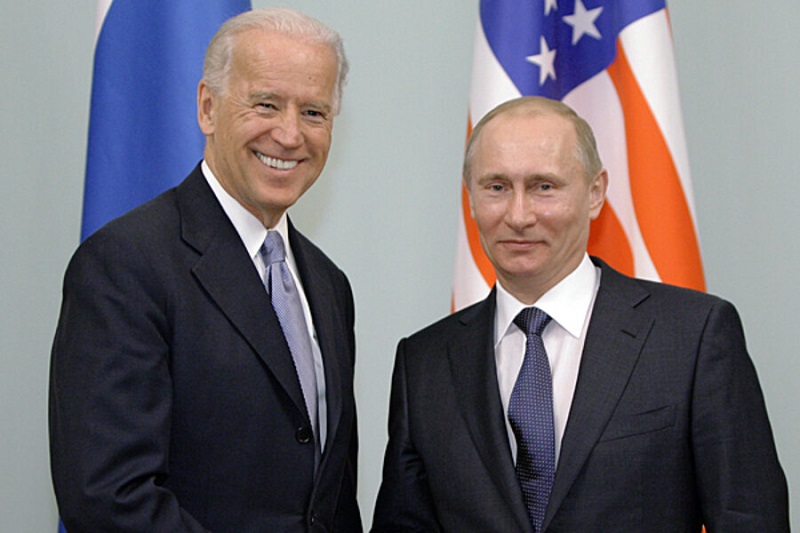 It is pointless to talk about something that cannot happen.
It is pointless to talk about something that cannot happen.































